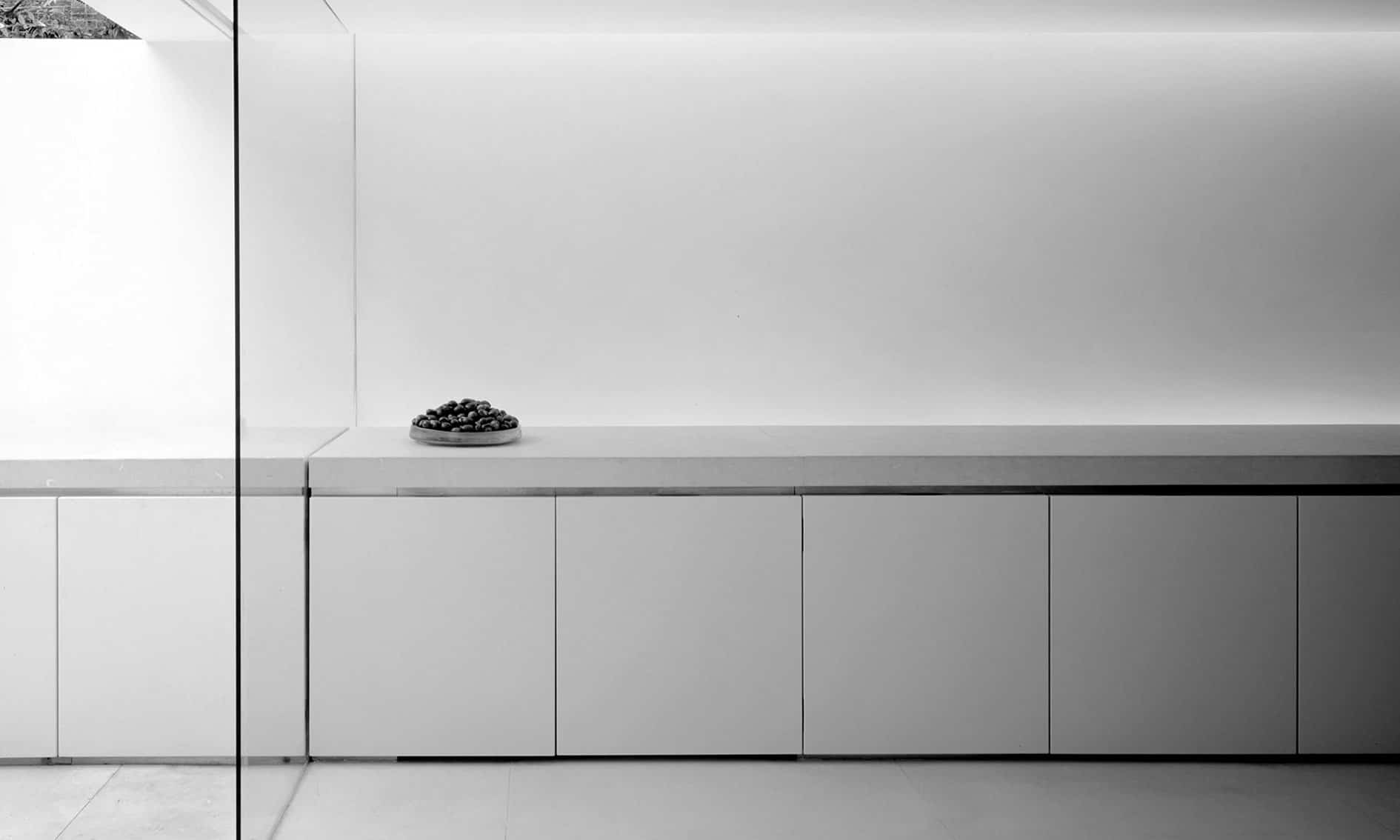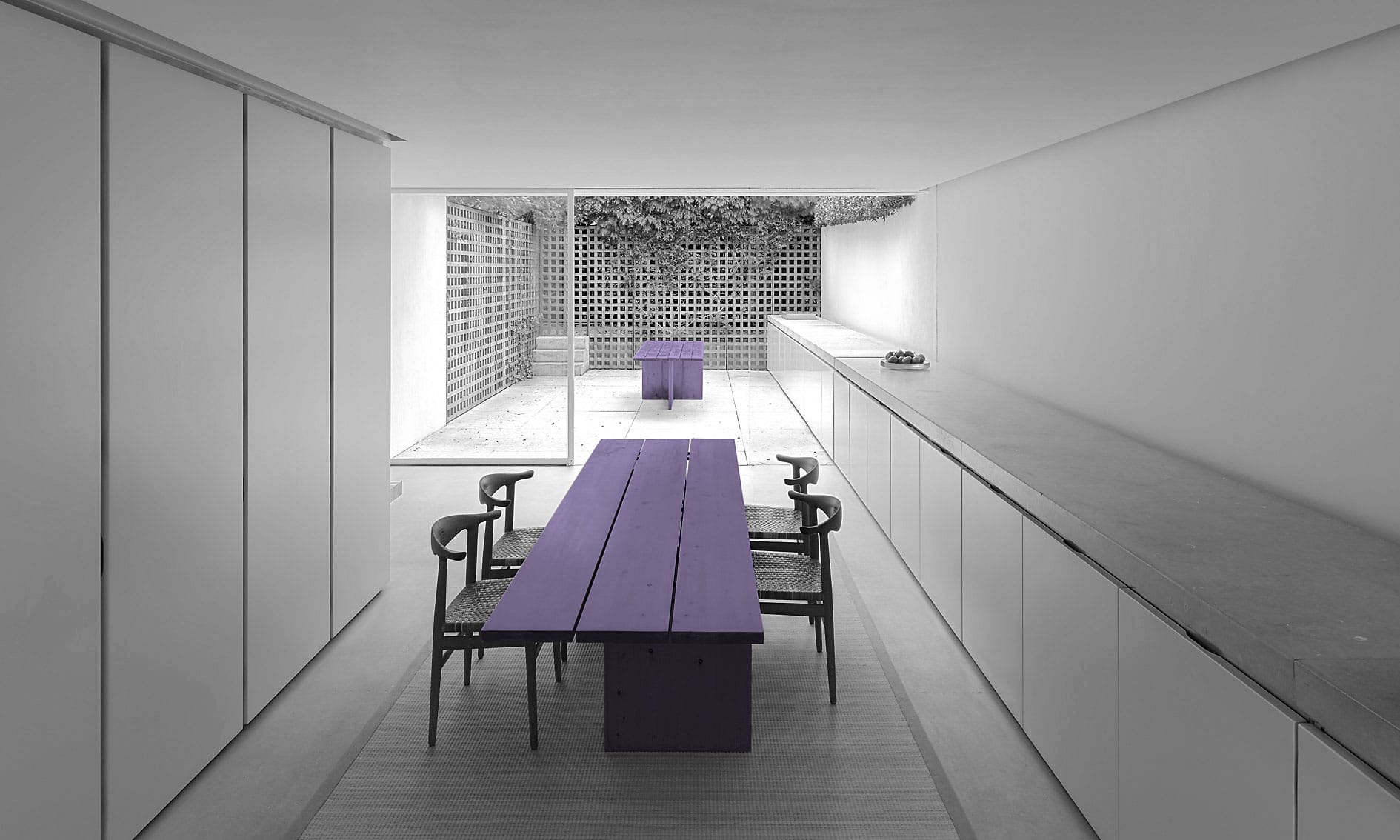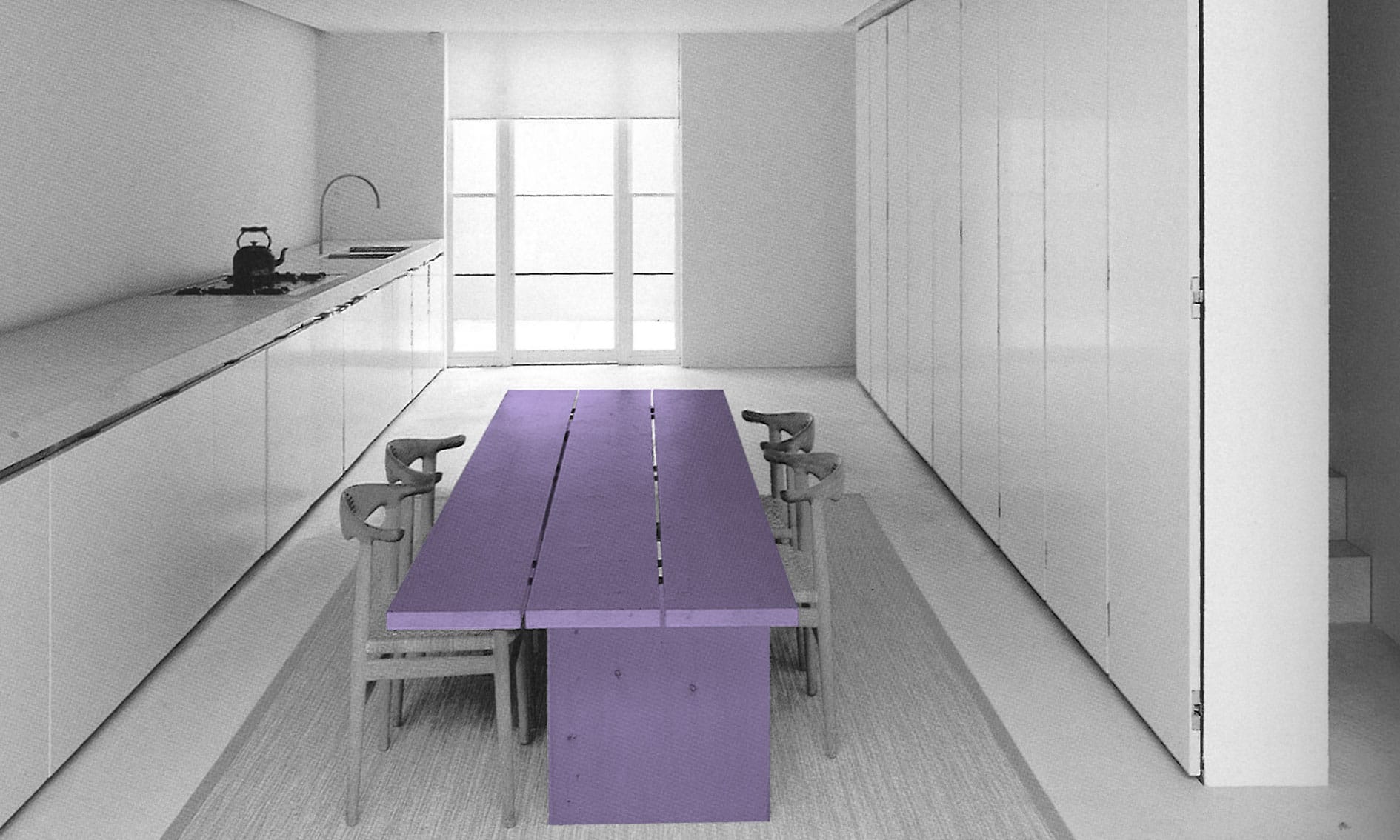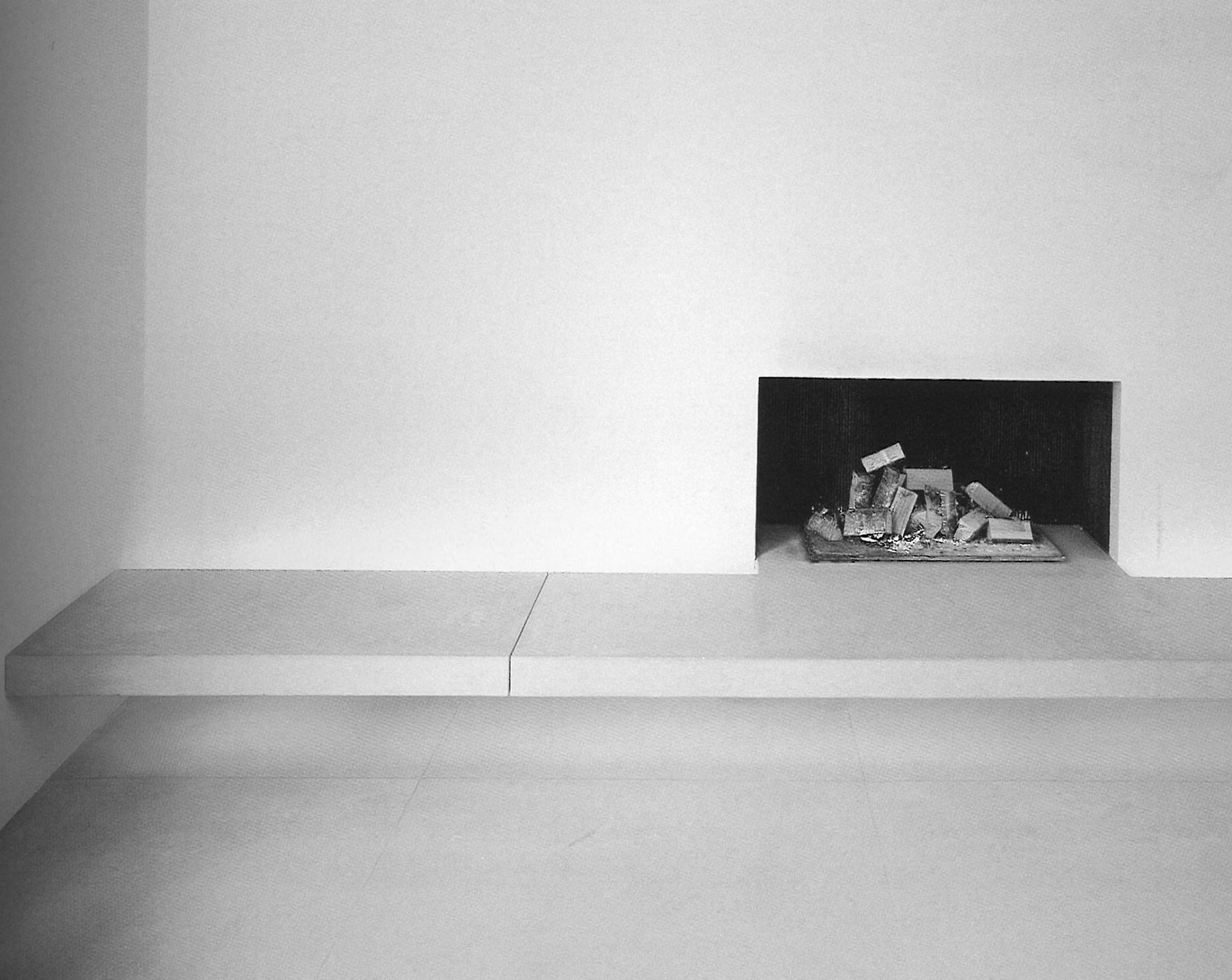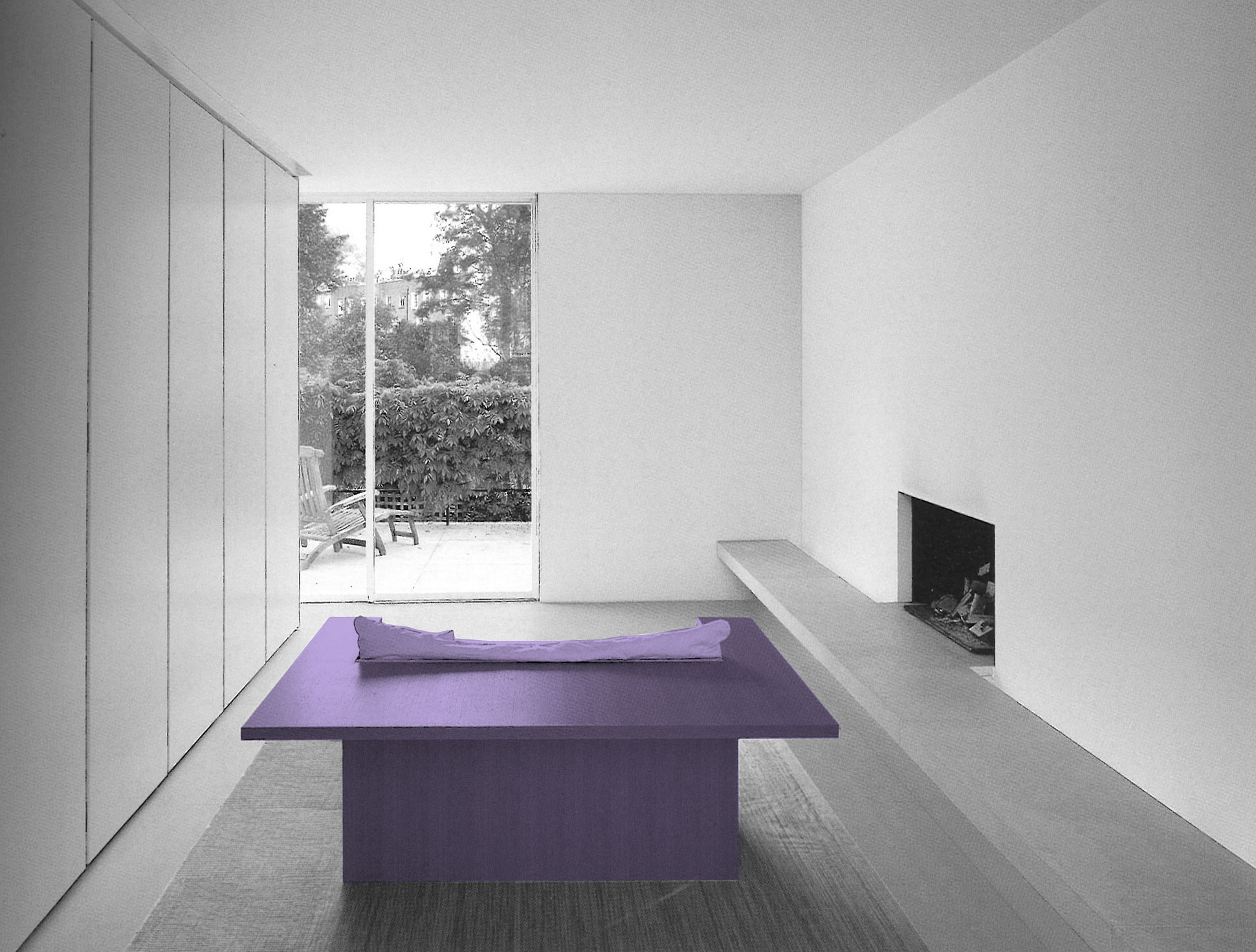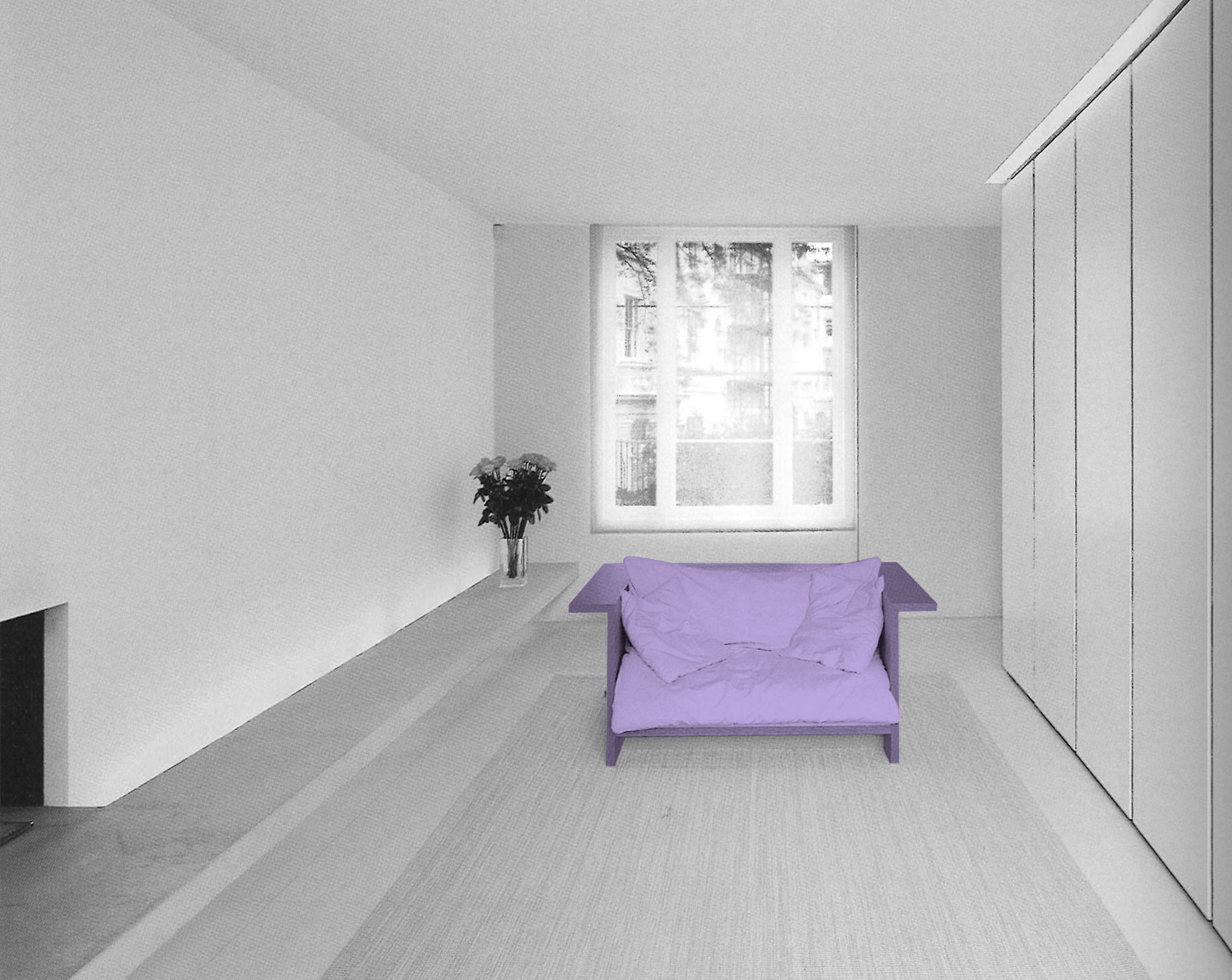INTERIOR
Formal depuration in the work of John Pawson #John Pawson
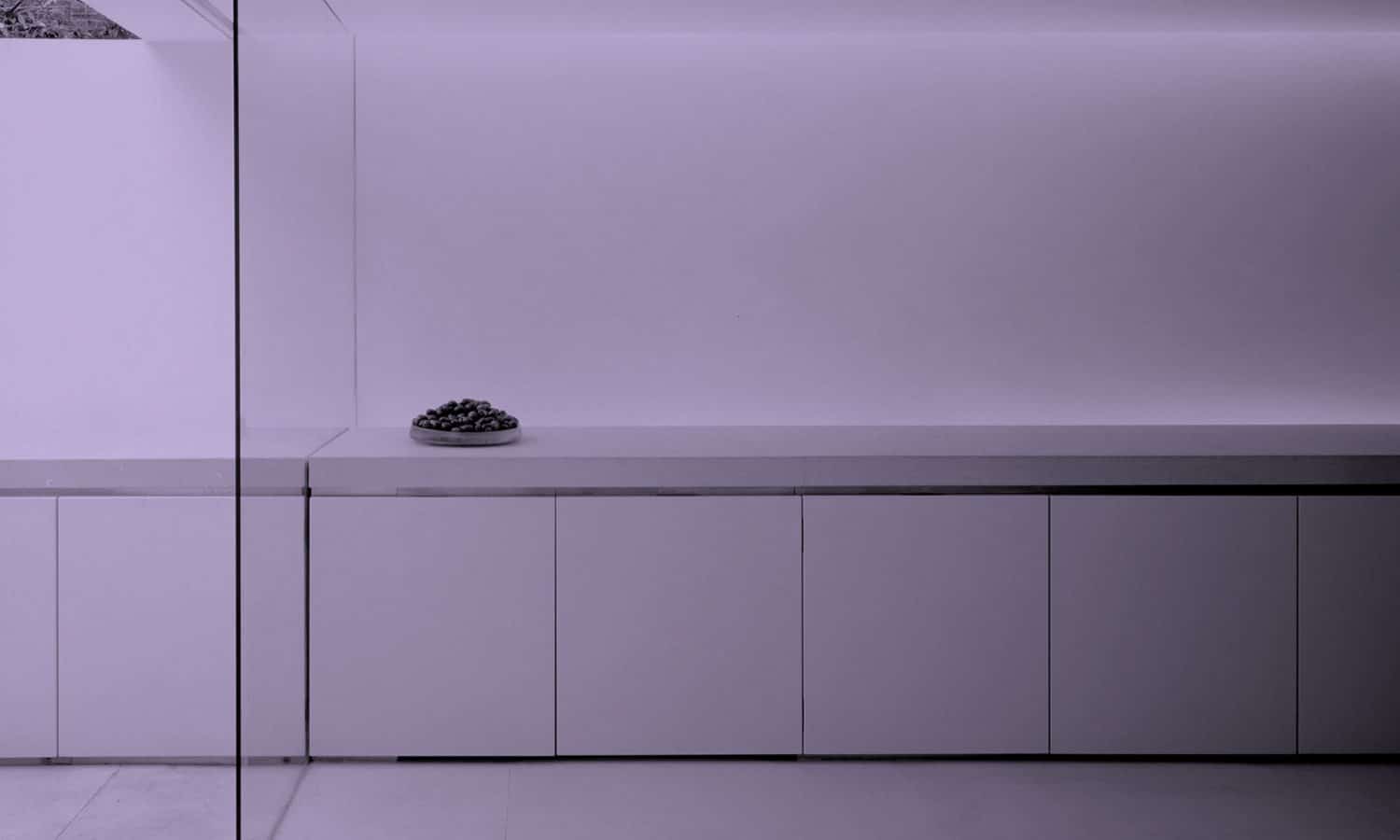
The spaces in John Pawson’s architecture recall a haiku: they reach the highest emotional and sensitive intensity by means of a minimum amount of elements; they are both formally and expressively plain, but they show an intense reflection and a constant process of depuration of the unnecessary. This takes an important effort at designing, a certain mannerism in the details, that turns invisible all the elements that have been used during the construction process. The palette of materials used, both in furniture and in the finishes, is also restrained as part of a conscious strategy for “turning down the noise level”, so architecture could be perceived in all its depth.
As an architect, I regard furniture design as the reverse of diversification. I am interested in architecture which offers a total vision.John Pawson, Architectural Design nº7, July 2002
Both Pawson’s architecture and furniture rely on crafts mastery, the perfection and the care for details. But the architect is not interested in craftsmanship or construction. The work of the carpenter or the mason will remain unnoticed, so the furniture seems to be built without an effort. The pieces of furniture that Pawson designs for his interiors look so fit and natural that can be taken as invisible. There is no feeling of estrangement in them, so even if they arrange the space around them in the way that the sofa in the Rosmed Road house does, the eye runs over them to focus on the global perception of the space. The approach of Pawson’s furniture to luxury comes from the asceticism of someone that can afford to do without the superfluous.
